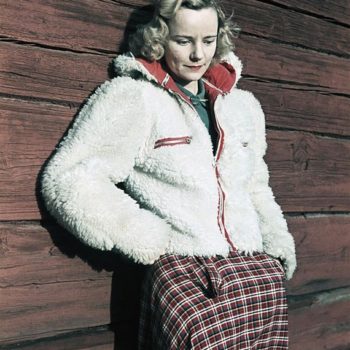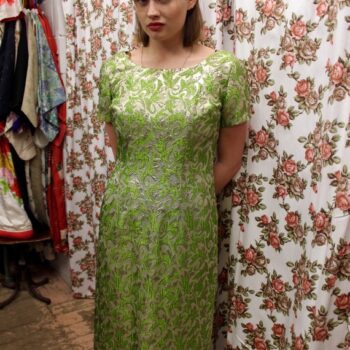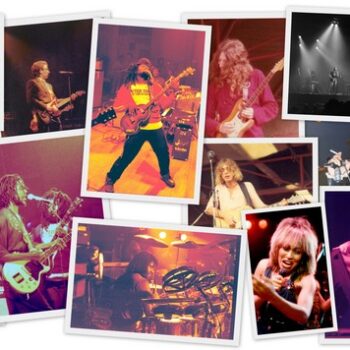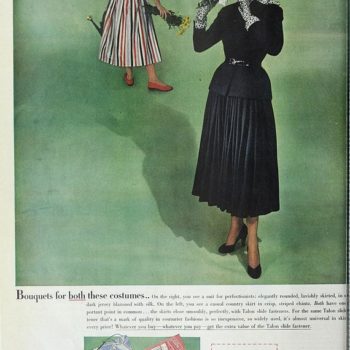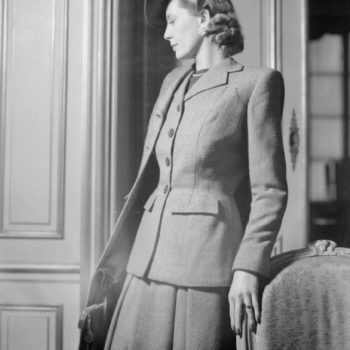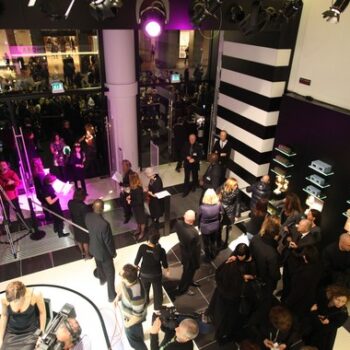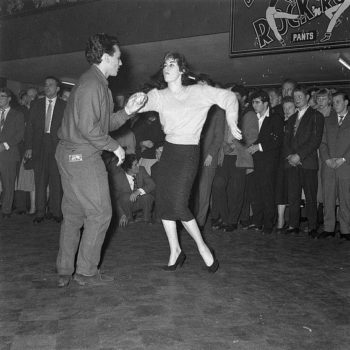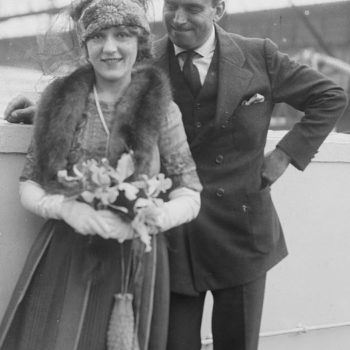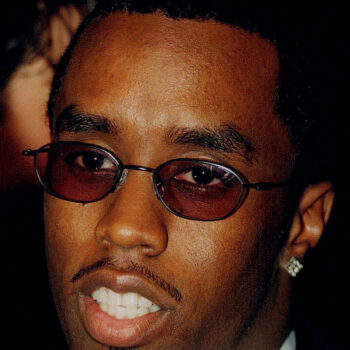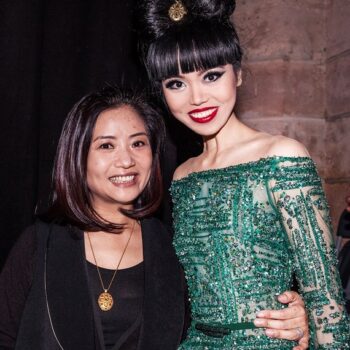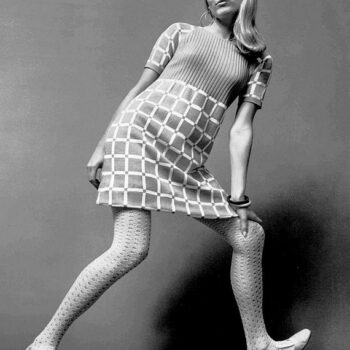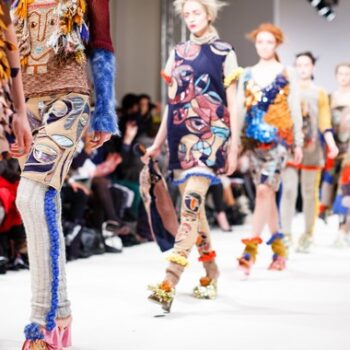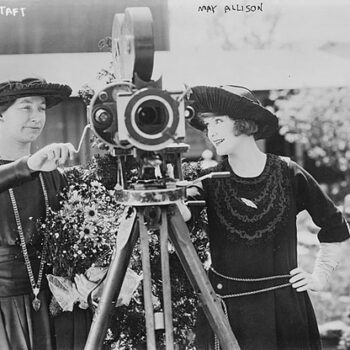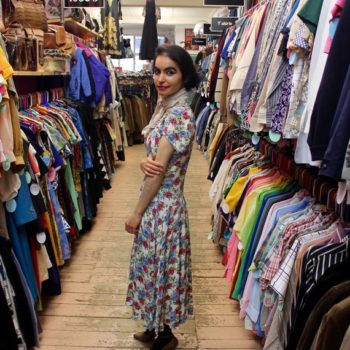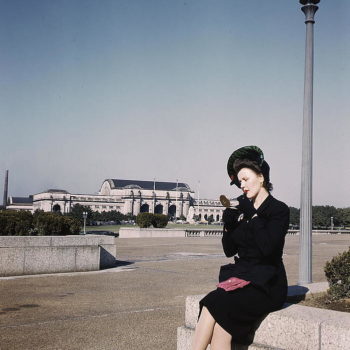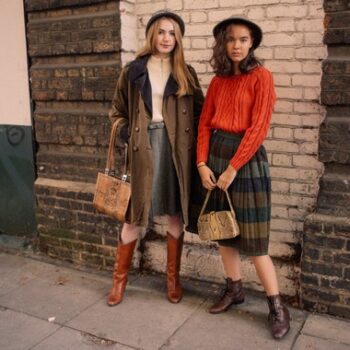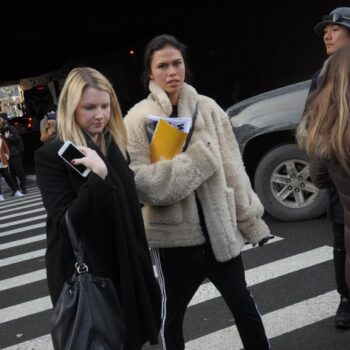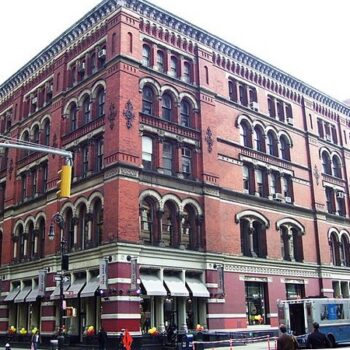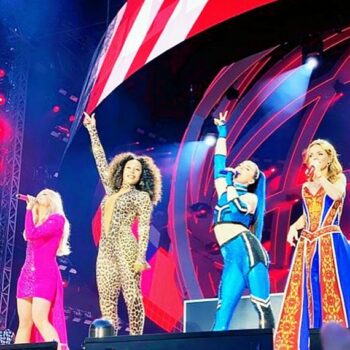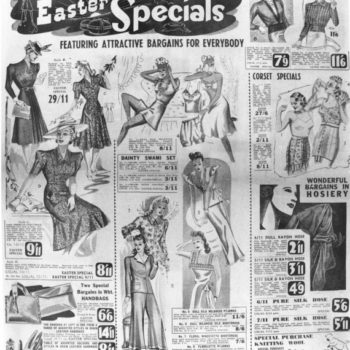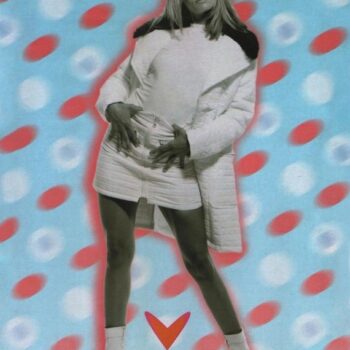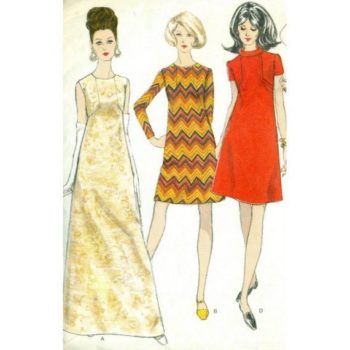Defining 30s fashion trends that defied the great depression
October 7, 2017As is common with almost every fashion generation, the 30s fashion trends were driven by inspiration that came out of the then prevailing events. Until then, women wearing dresses that featured loose designs, skirts with hems that had high knee-length, and clothing that had square, boyish cuts was a common sight. But designers of that era were merely working with what was available.
Narrow-waisted, form-fitting 30s fashion trends overshadowed the boyish-looking tops and shirts of the 1920’s
Backdrop to 1930s fashions
30s fashion trends took root in the shadows of what might be called one of the darker days that the world was going through – the 1920s:
- World War I (1914 to 1918) had set the stage for women dress makers and designers to create rather sombre-looking clothes for their women customers
- The end of the war meant that, as a 1920s fashionista, you didn’t really have much of a style baseline to go by – so women were relatively content with what was on offer at the clothiers and retailers of the time
- The post WW-I recovery effort gave some impetus to period fashion trends, with more design choices becoming available to the ordinary woman
- Women fashion was evolving during the 1920s, but not as quickly as many women might have hoped
While these events framed the backdrop to 30s fashion trends, it wasn’t until a cataclysmic event that followed, that really turned the tide for 1930s fashion.
The Great Depression (1929 to 1939) saw a sea change to how fashion trends of the 1920s evolved into what we saw women wearing during the 1930s. And there was plenty of reason for what drove that evolution:
30s fashion trends evolve
The Great Depression saw a lot of misery and suffering across the “civilised world”. While it is generally thought that America was the hardest hit, countries like Britain, France and Germany saw their fair share of pain too. Women’s clothing was probably one of the more prominent “victims” of that event.
The end of the First World War (1918) was already beginning to see fashion trends changing. These trends continued into the late 20’s, and then became part of the 30s fashion trends:
- From 1918 (when the war ended) to 1929 (start of the Depression era), women dresses started changing shape. The previously uni-shaped styles gave way to the predecessor of the 1930s fashions – with designs that started outlining the woman’s bodies more clearly
- The pre-1930s decade had also seen some strides made in modern textile manufacturing, and newer materials were now available to designers to practice their craft
- While manufacturing technology was in its infancy, 30s fashion trends were also influenced by events that were to follow (World War II – 1939 to 1945), where mass-production started taking root
- Because of the industrial scale of textile manufacturing, early 1930s fashions saw the availability of cheaper dress-making materials as a way to further experimentation and innovation
- Women dress makers used cheaper materials to mass-produce “ready-made” garments, overshadowing yet another 1920s custom of custom tailored dresses and skirts
As the world emerged from the dark days of WW-I, there was greater optimism and more openness for women to wear dresses that matched that optimism. And even though the better part of 1930s fashion scene was clouded by the Great Depression, what was sowed a decade earlier continued to evolve into 30s fashion trends.
1930s fashions come of age
Typically, most women of the 1930s weren’t equipped with the hour-glass figure that started becoming popular – thanks to Hollywood. So women fashion creators innovated and came up with ideas to make ladies of that period feel that the dresses available for sale were, in fact, ideally made for them.
The use of ruffled, butterfly or caplet sleeves, padded shoulders, and puffed-up sleeves, as women fashion features, made hips and waists on women’s figures look smaller than they actually were – a clever optical illusion!
The appearance of Blended and synthetic fabrics
The invention of blended fabric and other materials such as crepe and other crinkled materials gave 30s fashion trends a much needed nudge. The depravation of the WW-II era, and the hardships of the depression, made women want to wear dresses that gave them simple pleasure. Newer and cheap freshly-invented synthetic fabric allowed women fashion creators to take more liberties in offering customers a newer style of skirts, blouses and dresses.
The 30s fashion trends were the beneficiaries of other developments too. Until now, women’s clothing relied heavily on buttons, clasps, hooks and eyes as fasteners. These had been the staple since prior to the 1920s, and had remained largely unchanged until then. The invention of the zipper increased the number of women wearing zipper-fastened garments – of both front and back zip-up styles.
1930s fashions also got a boost, when fashion designers and clothiers employed “smart” marketing and sales techniques. The cleverly designed ads featured pictures with ladies wearing the latest designs and fashion pieces. They highlighted the latest 30s fashion trends in newspapers and colourful women fashion magazines, using attractive models and sketches to draw in their customers.
While the clothes of that decade were fashioned for women with the “ideal figure”, the use of illusion-making design features, and relentless marketing techniques, further drove the coming of age of 30s fashion trends.
But there was more in store for ladies interested in 1930s fashions.
The invention of the mannequin was probably an iconic moment in women fashion across the world. No longer did prospective customers have to use their minds to visualise how a particular piece of clothing would look on them. They could now walk by a retailers shopping window, and actually see some of the latest 30s fashion trends draped around mannequin’s that were shaped almost like their own bodies.
When passers-by saw women wearing a particular blouse or dress that they liked, standing still in a store window – it was an irresistible opportunity to drop in and take a closer look. Crafty 1930s salesmen and clothiers did the rest!
1930s fashion had at last come of age!
Assorted 30s fashion trends
Some of the more popular 1930s fashions components that you’ll find here at Blue 17 Vintage Clothing, are fast becoming popular even today. The simple designs, use of durable materials of that era, and choice of prints make those period pieces even relevant as staple clothing for today.
- The casual 1930s House Dress was something that most women of that era had in their wardrobe. Primarily made from cotton, these house dresses are even available today in bold, bright prints
- Afternoon dresses of the 1930s were yet another fashion statement of that decade. These garments feature puffy sleeves and waists that are belted, and often made from rayon or silk – with cotton largely reserved for the humble House Dress
- 30s fashion trends also included 1930s Evening Gowns, which were a staple women fashion piece of the 1930s. This wardrobe piece was designed as a fitted-garment, usually clinging to the hip and loose flowing towards the bottom, with plunging backs. Fashion trends of that decade saw them made fabric such as satin, chiffon and silk.
A host of other 30s fashion trends became popular too, including Women’s Pants, assorted hats and caps, gloves, capes and shoes. While 1930s fashions were glamorised by blockbuster Hollywood films and movie stars, the “average” 1930s woman also embraced some of the popular styles.
Even today, women dresses from the 30s are increasingly becoming popular by vintage clothing lovers. That’s because, even though it’s been decades since they broke onto the stage, 30s fashion trends are simple and easy to weave into the modern woman’s wardrobe.



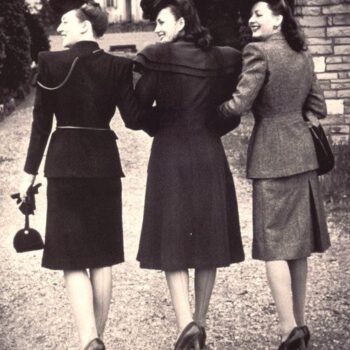
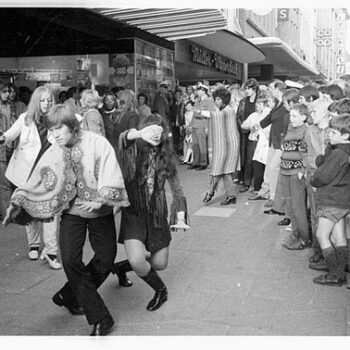

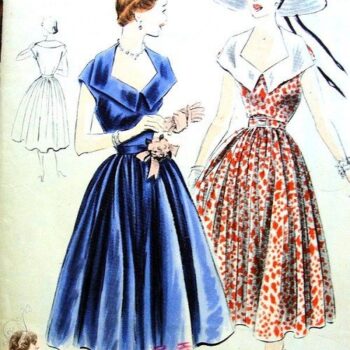
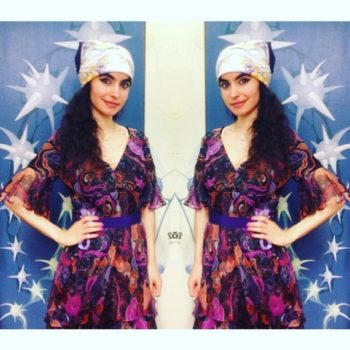
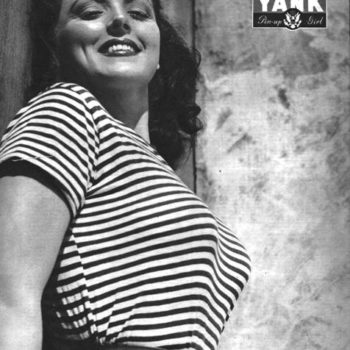
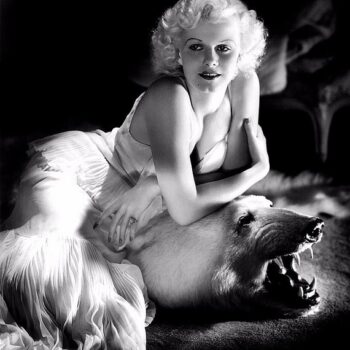
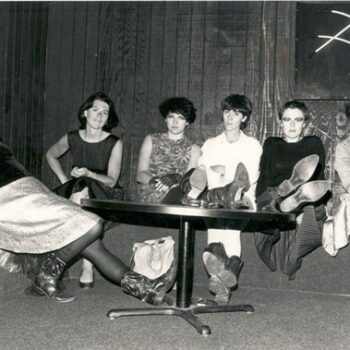
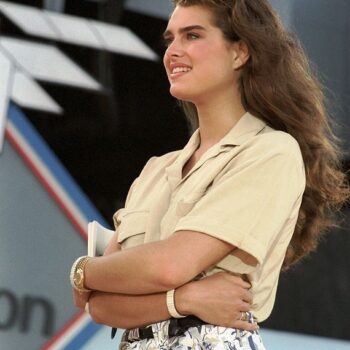
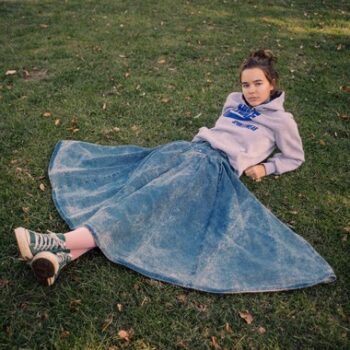

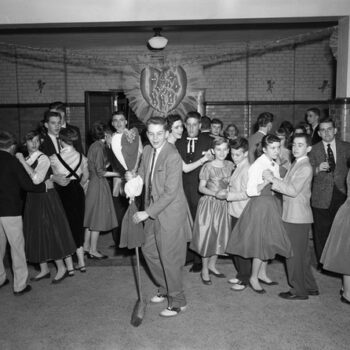
![fashion style icons.Audrey_Hepburn.(https://creativecommons.org/licenses/by-sa/4.0)], via Wikimedia Commons](https://www.blue17.co.uk/wp-content/uploads/2017/04/570px-Audrey_Hepburn_auf_dem_Bürgenstock_09-350x350.jpg)
![What was 1980s fashion like, Gruppo_Italian, By Santulchix at the Italian Wikipedia project. [Public domain], via Wikimedia Commons](https://www.blue17.co.uk/wp-content/uploads/2018/04/What-was-1980s-fashion-like-Gruppo_Italian-By-Santulchix-at-the-Italian-Wikipedia-project.-Public-domain-via-Wikimedia-Commonso-350x350.jpg)
